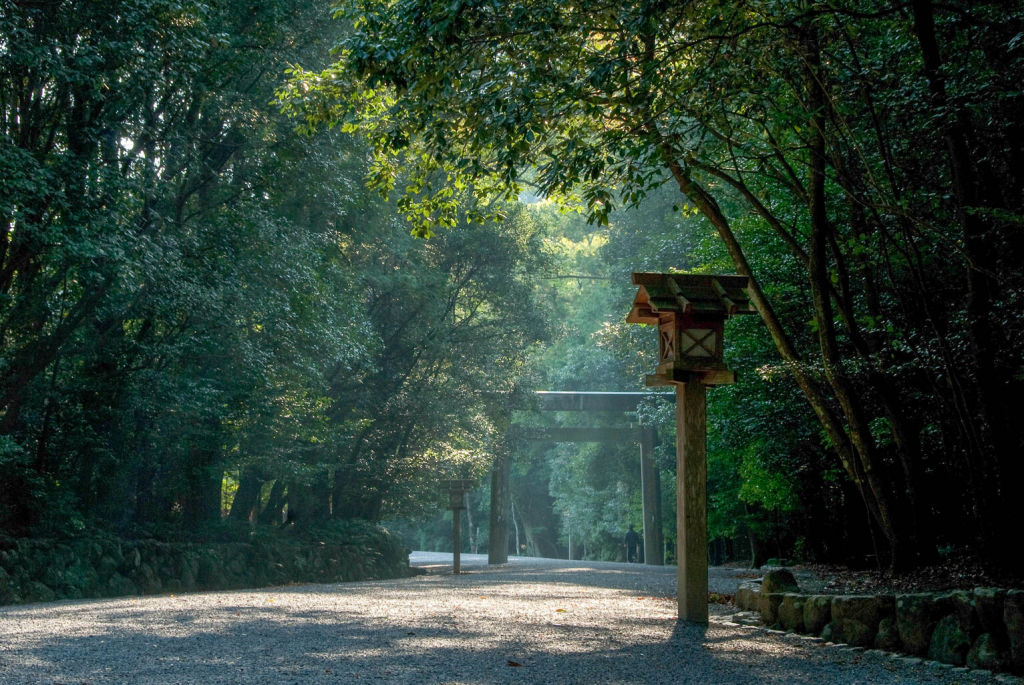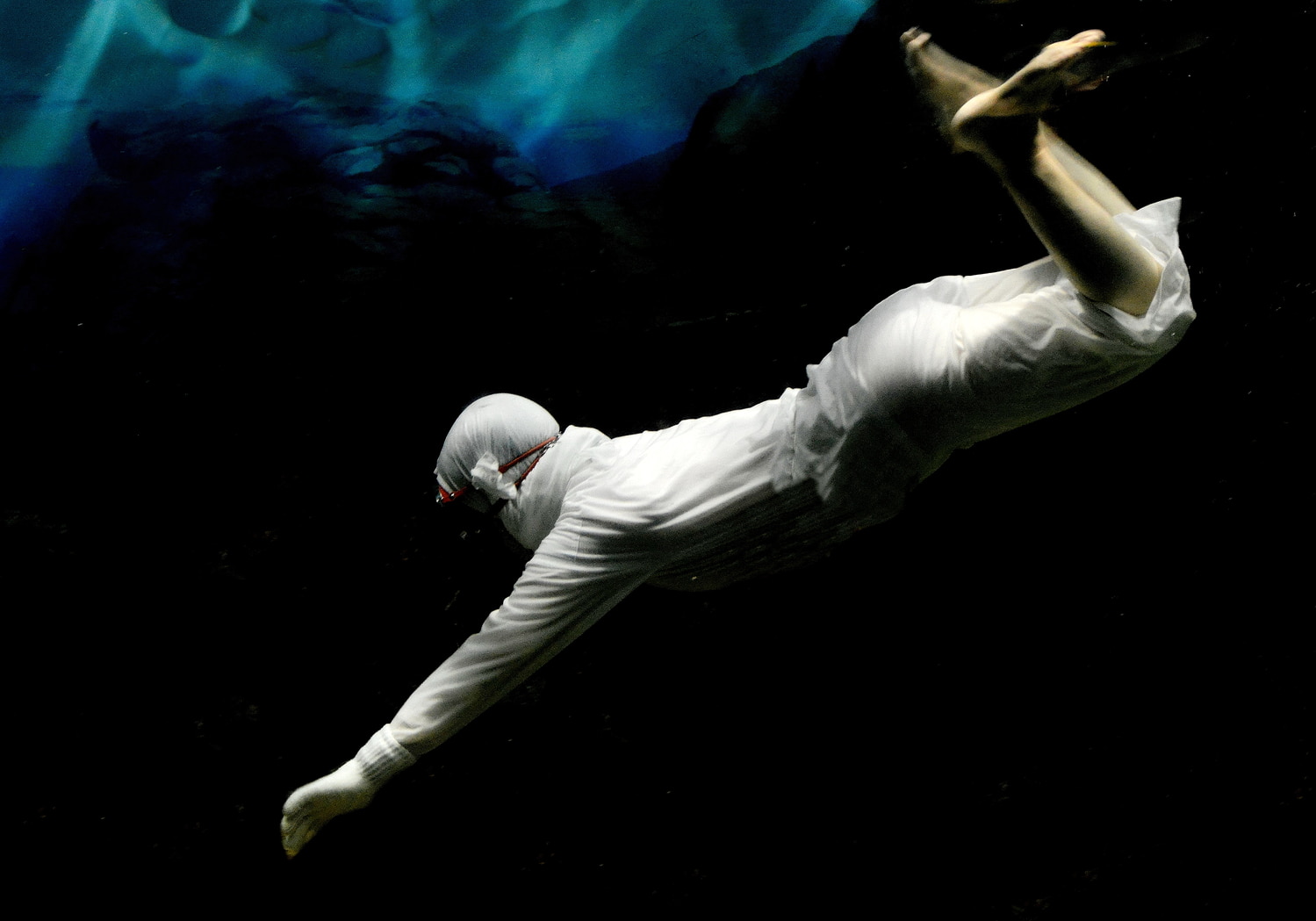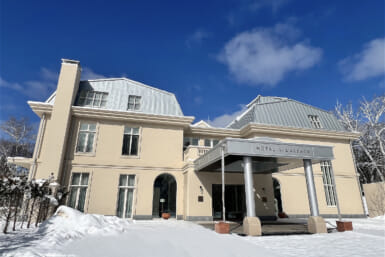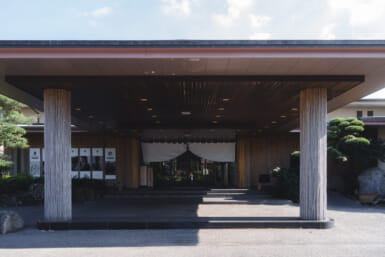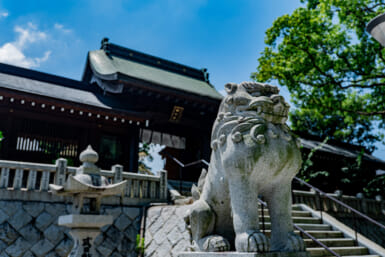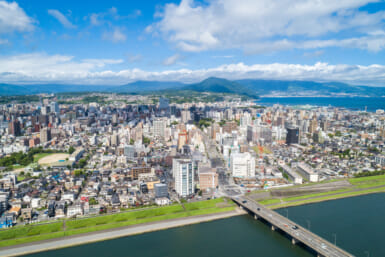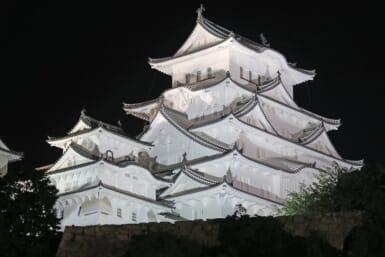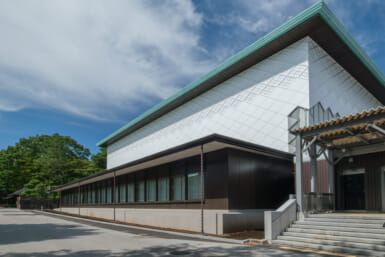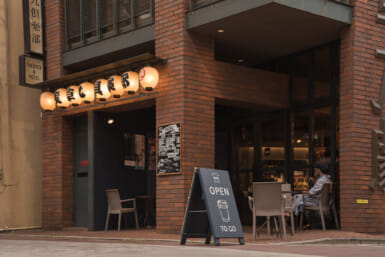Iseshima, a fractured peninsula which hooks into the Pacific Ocean from eastern Mie Prefecture, is best known for its eponymous shrine, Ise Jingu, the abode of the Shinto gods. Beyond its rich spiritual traditions, however, lies a world of eclectic seafood, historic museums and the legendary and world-renowned ama divers.
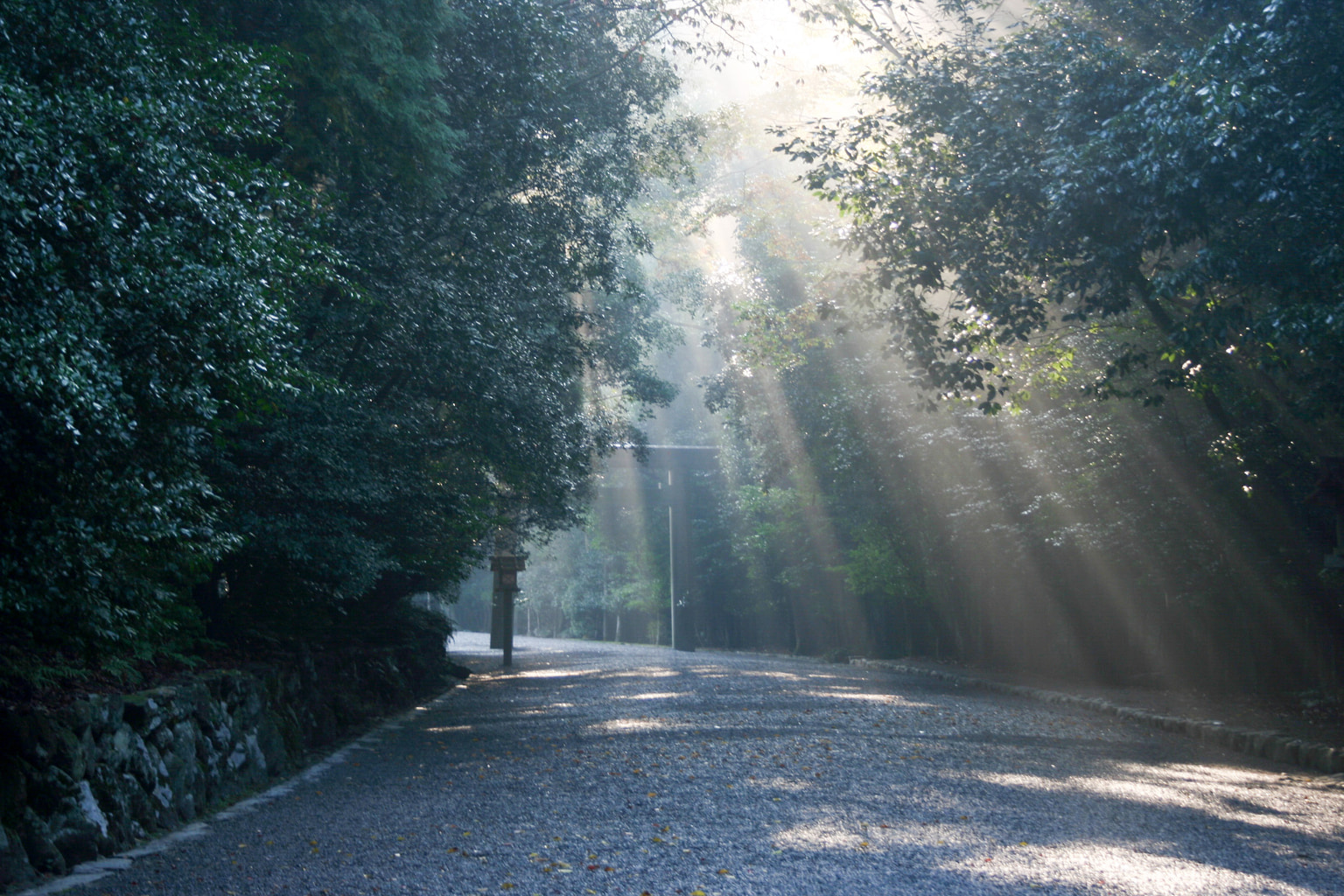
Ise Jingu Shrine
Ise Jingu, also known by its lofty epithet the “Soul of Japan,” is Japan’s top Shinto shrine. The sprawling 2,000-year-old shrine pays homage to the sun goddess, Amaterasu, and harbors one of most fabled pieces of imperial regalia (three sacred treasures brought to earth by the godly ancestor of Japan’s imperial line). Of the three, the holy mirror Yata no Kagami (which symbolizes the wisdom of the emperor), rests within Ise Jingu’s hallowed halls but is actually inaccessible to all visitors.
There are 125 shrines which are affiliated to the main Ise Jingu strewn throughout the complex and surrounding areas. Ise Jingu is a general term for that complex though Ise Jingu itself is the crown jewel, a grand shrine that’s deconstructed and reconstructed every 20 years in a symbolic ritual that mirrors the Shinto concept of life and rebirth. Entry to the main shrine of Ise Jingu is prohibited, but visitors are free to explore the surrounding areas and other shrines.
The process of tearing down and rebuilding the shrine every two decades helps preserve ancient craft techniques and grants the shrine eternal life. The old lumber which was part of the previous incarnation of Ise Jingu will become a new Torii gate and material of other shrines. The next rebuilding, which typically employs around 2,000 woodwork artisans and carpenters, takes place in 2033. In the interim, you can learn more about this ancient ritual at Sengukan Museum, which has detailed exhibitions with a wide range of artworks and materials on display.
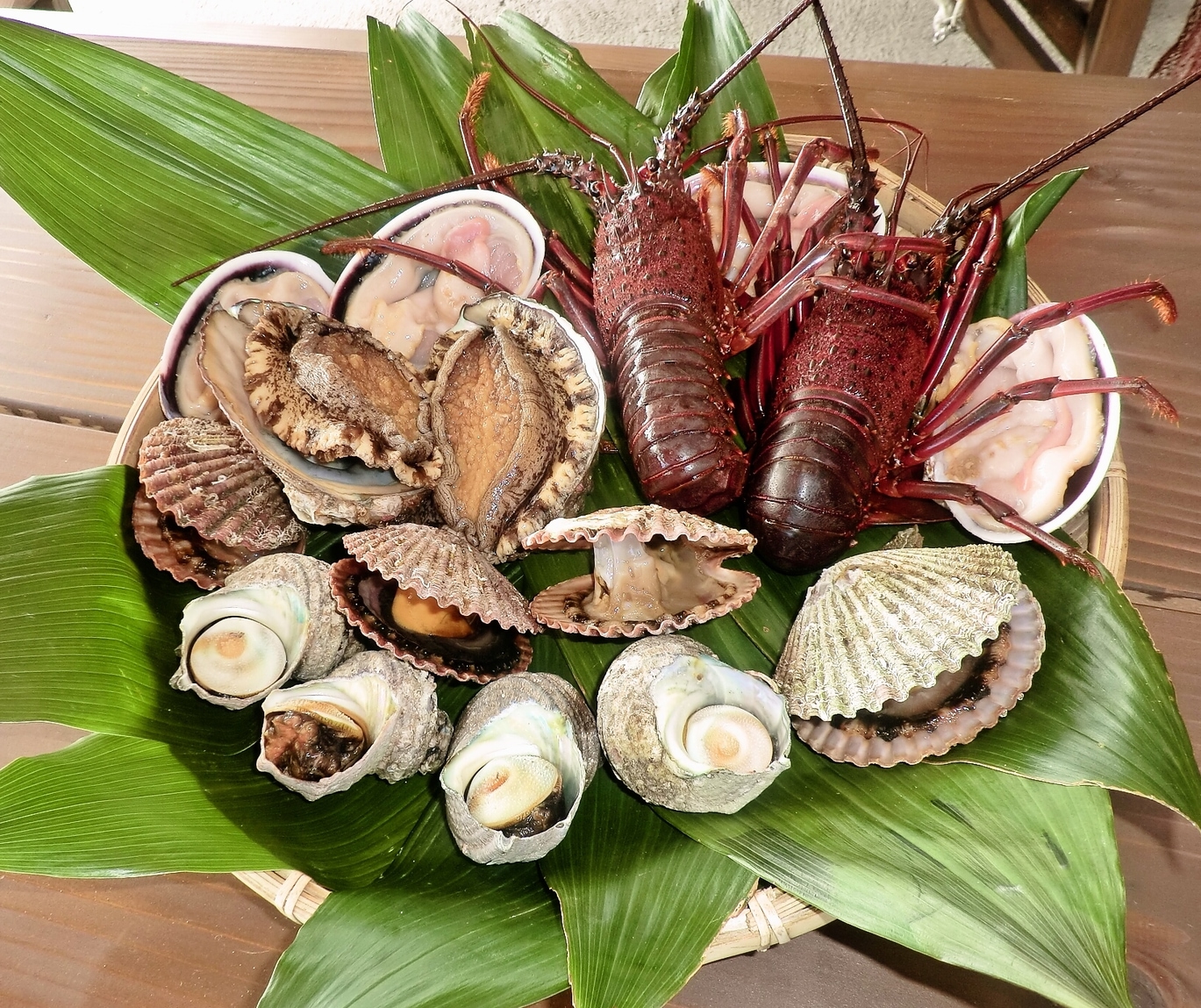
A Seafoodie’s Guide to Iseshima
Surrounded by the ocean on three sides, Iseshima is a seafood glutton’s dream. Shellfish, including abalone, oysters and turban shells, populate restaurant menus alongside lobster, fugu pufferfish and best-in-class sushi.
Mikedon, a rice bowl topped with local produce, is one of the best ways to sample Iseshima fish. Tai-no-Ise-cha rice bowls are a favorite amongst locals; a combination of sea bream and Ise rice crackers with green tea poured over the dish. For raw fish, tuck into a bowl of tekone-zushi, once a favorite repast of Mie fishermen. This delicacy is made from marinated bonito or seasonal, red-fleshed fish served with soy sauce and rice – a meal which embodies the region’s deep-seated connection to the sea.
The Toburger originated in the city of Toba in 2007 and fuses western influences with a taste of the Pacific. For a burger to be classified as a Toburger, it must meet the following criteria: at least one of the patty ingredients must be Toba-grown, the burger cannot be premade and it must be sold within the Toba City limits. Toburger patties typically include lobster, octopus, oysters, turban shells and other marine creatures.
Dried fish is also popular in Iseshima. Abalone, in particular, has been used in dedication to Ise Jingu for around 2,000 years. Though it was initially a means of preservation in Japan, fish drying took on a ceremonial role in Iseshima. During the Sengoku Period (1467–1615), dried fish was often presented to samurai and the upper classes at official celebrations, while today, it’s frequently gifted to Ise Jingu in commemoration of the god Yamatohime no Mikoto who is believed to have established the shrine. Stores selling such delicacies are also commonplace throughout Mie Prefecture.
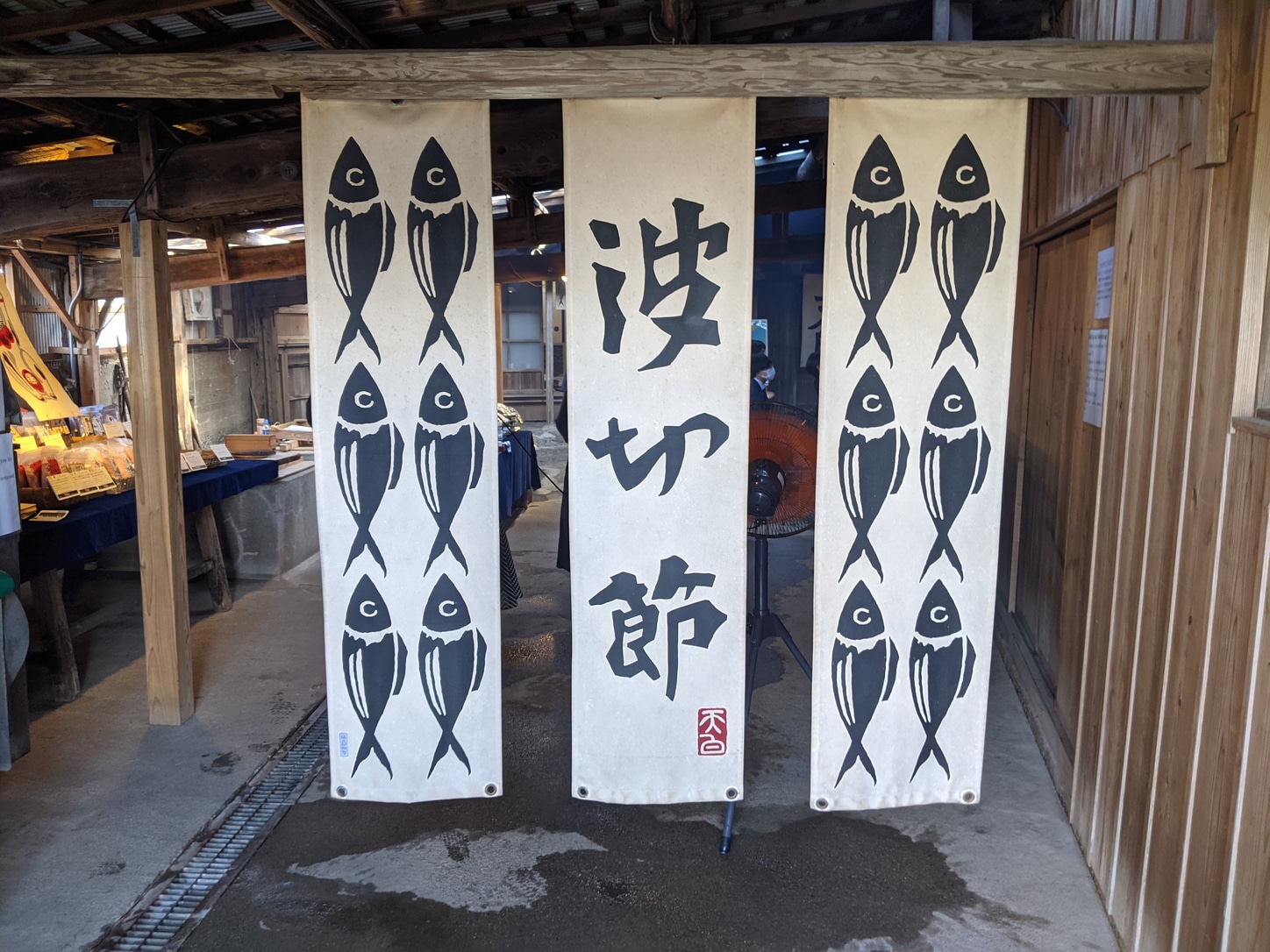
Seafood Restaurant Recommendations
If that has whet your appetite, here are a few restaurant recommendations.
For sea-to-table oysters, check out Maruzen Suisan, where the all-you-can-eat oysters are grilled over braziers at the center of patrons’ tables. If you want to combine an experience which fuses a lesson on the lives of Mie Prefecture’s famous ama divers with eating native delicacies, head to Ama Hut Satoumian for the Ama Hut experience with the locals (lunch items include turban shells, clams and other seasonal dried fish). Other facilities which focus on the culture and food of ama divers include Ama Hut Hachiman and Osatsu Kamado in Toba which can also accommodate larger groups.
Daredevils shouldn’t skip on the opportunity to indulge in anorifugu (tiger pufferfish), a notorious species so revered in the region that it has its own annual ceremony dedicated to Ise Jingu on the day of pufferfish on February 9. Marusei, a restaurant in Shima City specializing in anorifugu, also comes highly recommended.
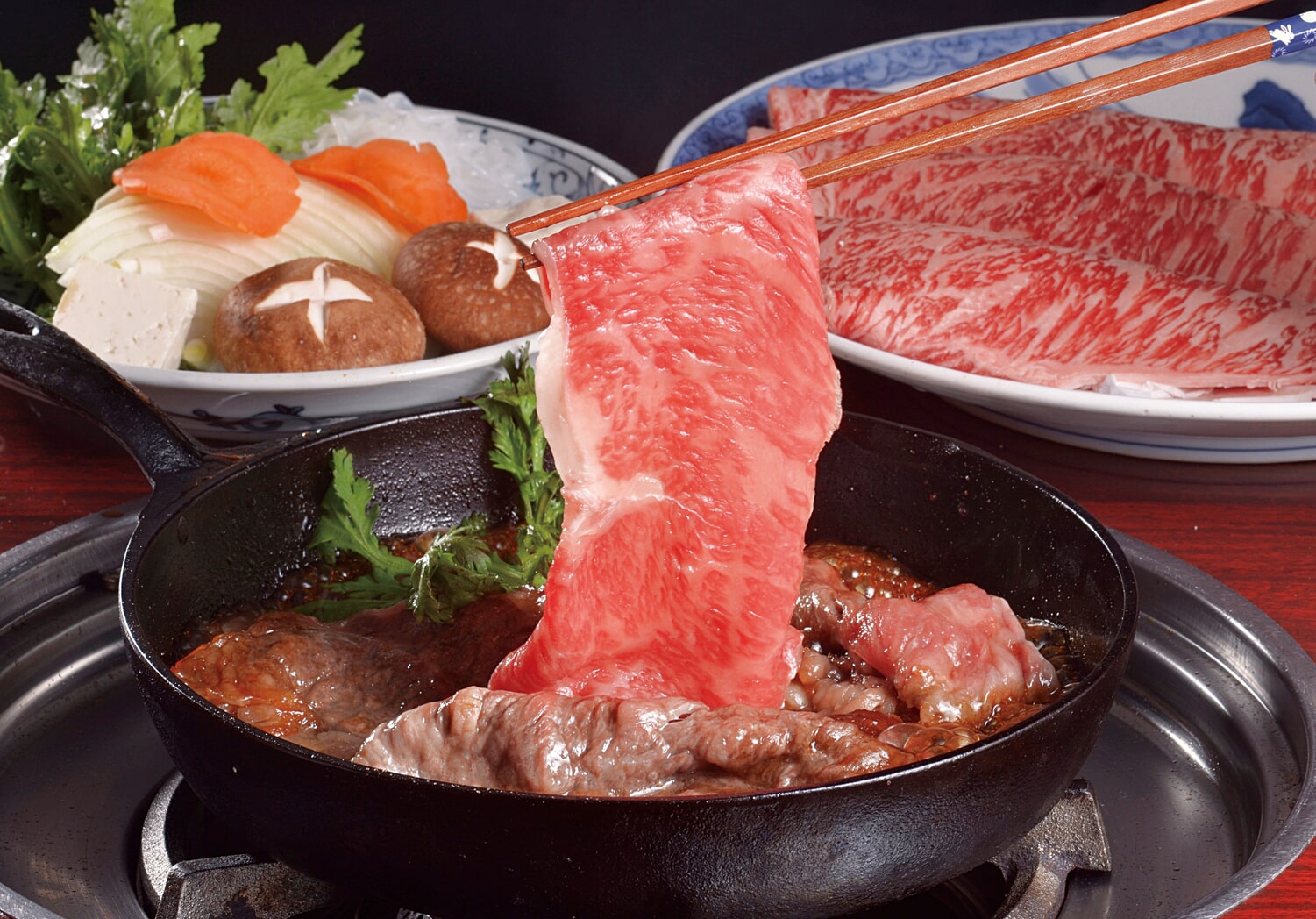
Terrestrial Cuisine in Iseshima
Iseshima’s temperate climate and fertile plains mean that its culinary flavor profile is much more expansive than that of the sea. For this reason Iseshima is sometimes referred to as Umashikuni, “a beautiful utopia blessed with fresh sea and mountain products,” as Amaterasu is once said to have opined.
Some of Japan’s most sought-after meat originates from Mie Prefecture. Matsusaka beef is domestically renowned and visitors to Iseshima and other areas of the region can treat themselves to some meaty goodness with melt-in-the-mouth Matsusaka beef on the menu of many restaurants and hotels in the area.
Ise udon is also ubiquitous across the region, containing noodles thick as fingers served in a robust tamari soy sauce (made with a higher content of soybeans), a broth of dried bonito, sardines, kelp and a garnish of chopped green onions. This specialty makes up for its apparent simplicity with bold and incredibly moreish flavors. Ise udon can be found in shops all across Iseshima.
Sweet-tooths will be delighted to know that Iseshima is a heartland of mochi production. From daifuku and warabi mochi to kamiyo mochi and zenzai, the locals enjoy mochi in its myriad forms.
For sweet anko paste on top of mochi, head to Akafuku. Ofuku Mochi is a top spot for hot and sweet zenzai soup, made from mochi and anko beans. For mochi in a quiet, rustic locale check out Henbaya in Obatacho Akeno. Kamiyo mochi, anko-filled mugwort rice cakes, are best sampled at Senokuniya. While sawa mochi, a mochi envelope filled with anko paste, is local to the region and found in wagashi (sweets) and omiyage (souvenir) stores throughout Iseshima.
Explore the World of the Ama Divers
The ama divers are another of Iseshima’s most famous cultural assets. Records of the all-female ama divers date back to the Heian Period (794–1185), though some estimates say they have been active for over two millennia. These free-divers traditionally submerged themselves into the water wearing only loincloths (though full suits are more common today), and can hold their breaths for up to two minutes with no breathing apparatus. They usually search for shellfish and seaweed on the seafloor, though they used to be supported by the cultured pearl industry too. The divers can be active from their early teens through to old age.
For further insights, visit the Sea Folk Museum in Toba City. The nearby Toba Observatory provides stunning viewpoints of the coastline where the ama ply their trade. While the Mikimoto Pearl Island in Ise Bay is said to be the birthplace of pearl cultivation and is home to an informative museum where you also have the opportunity to see ama demonstrations.
Sponsored Post

